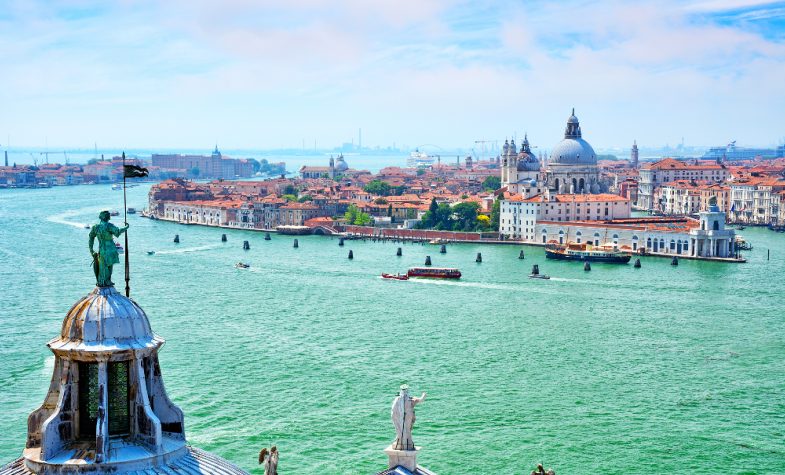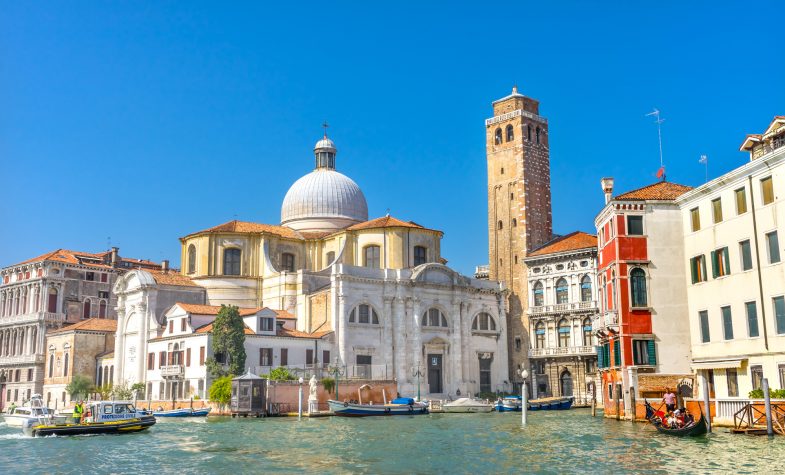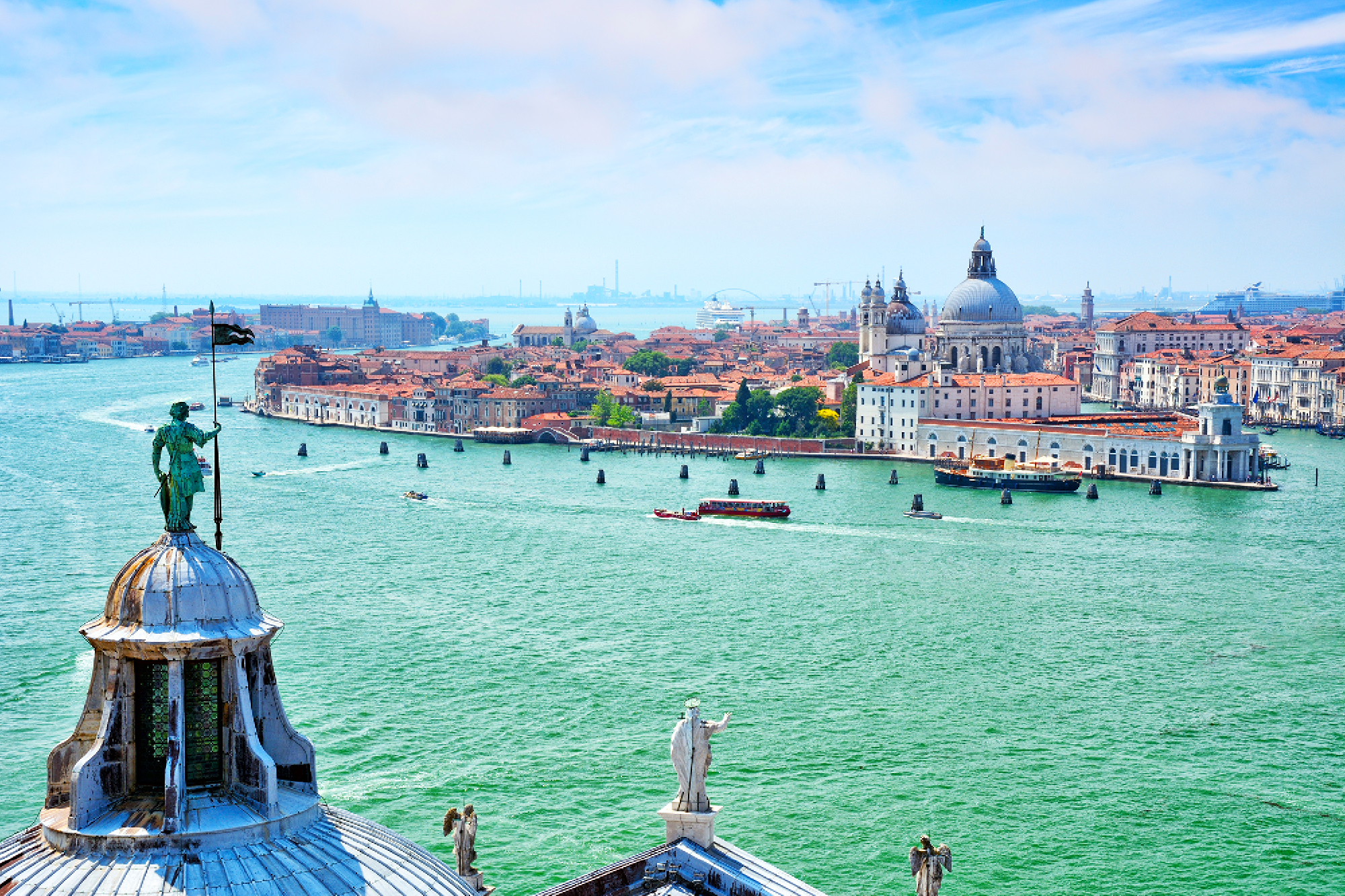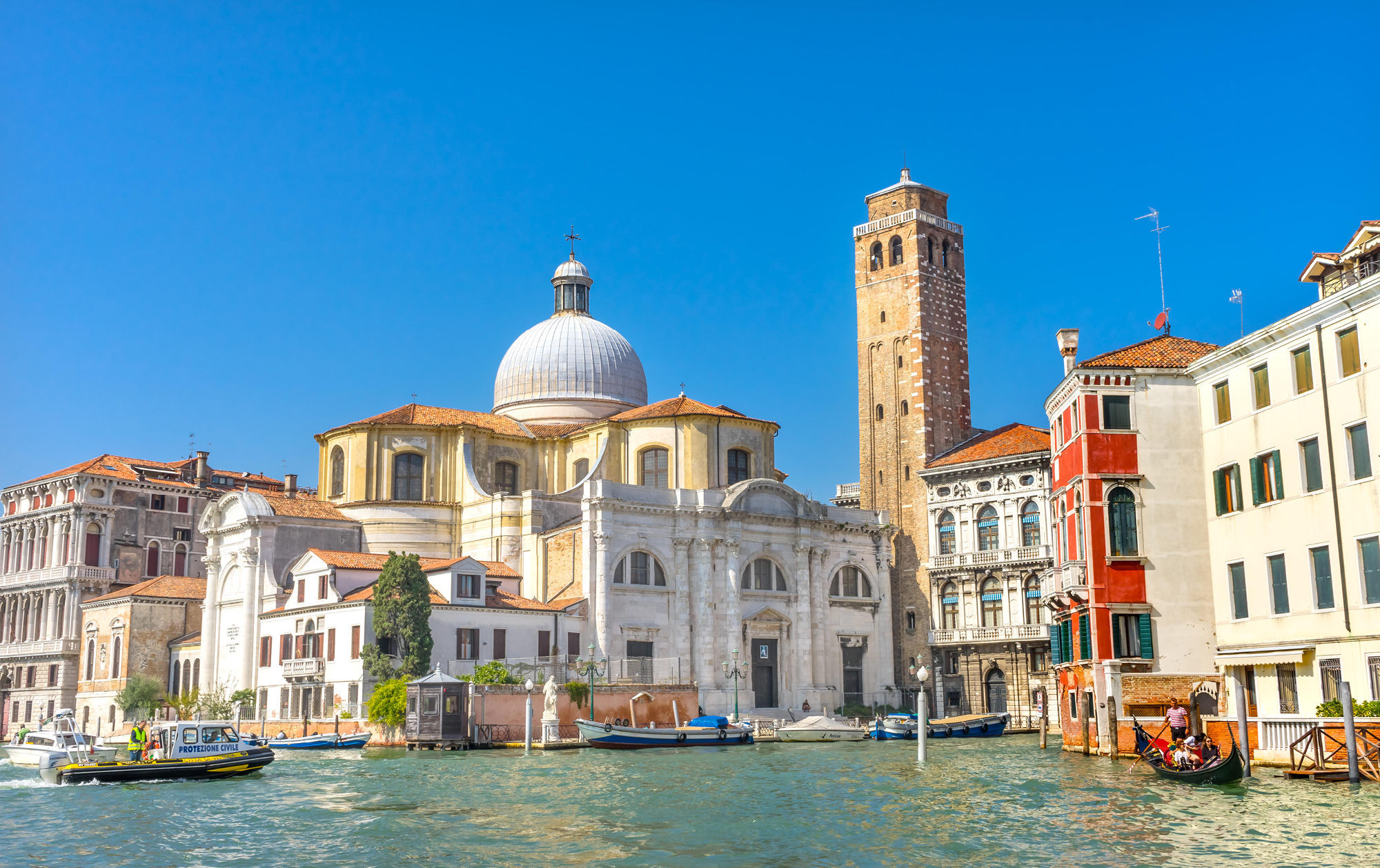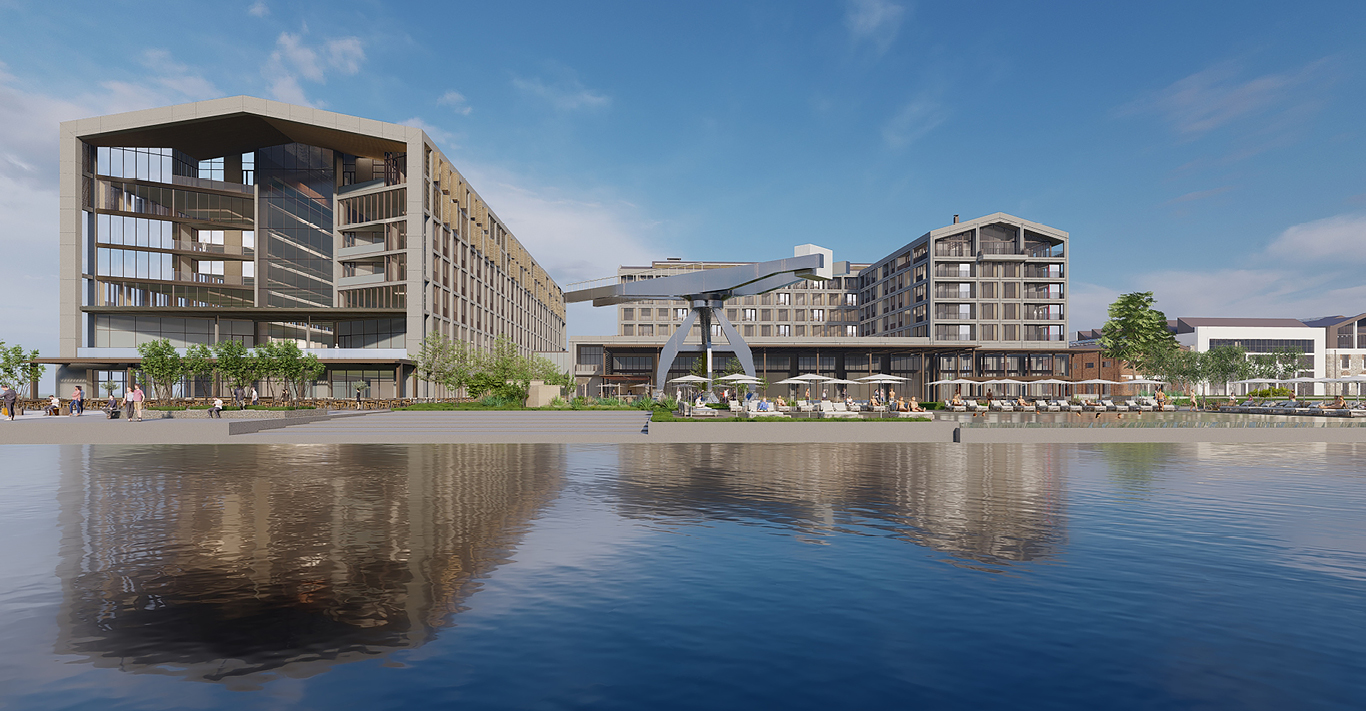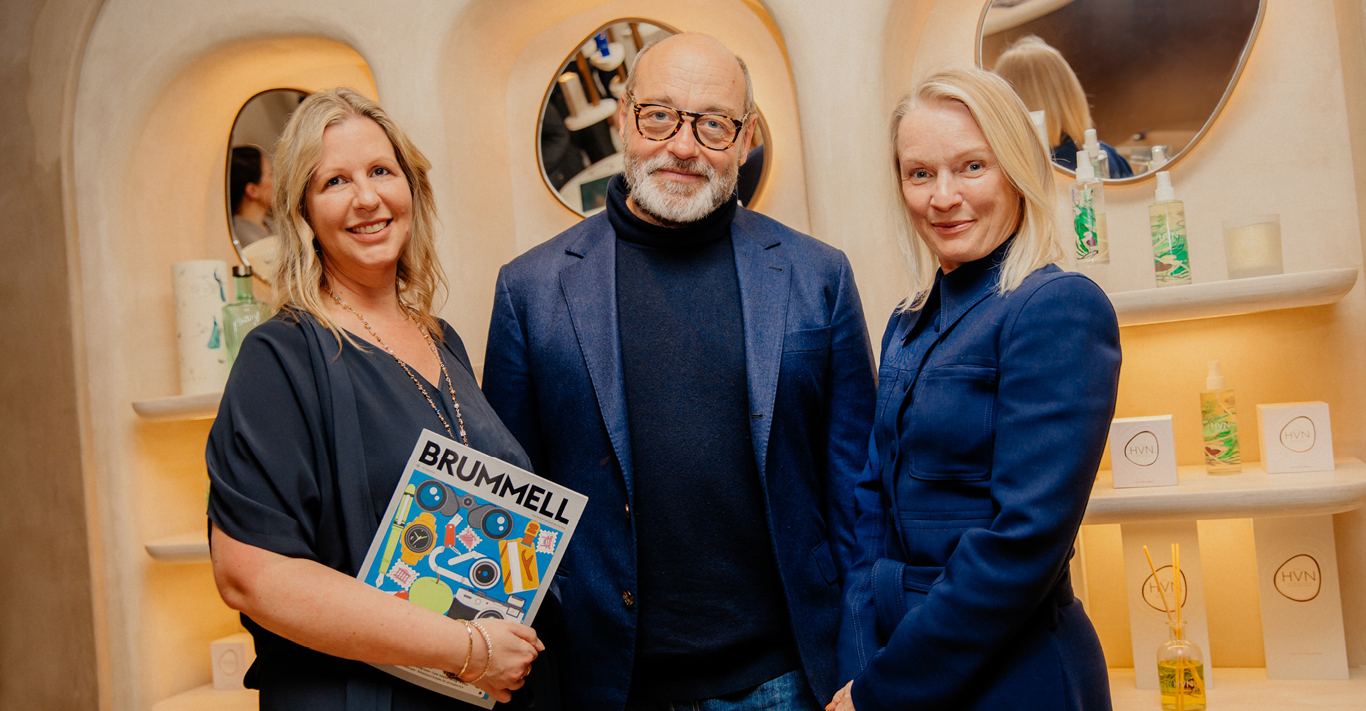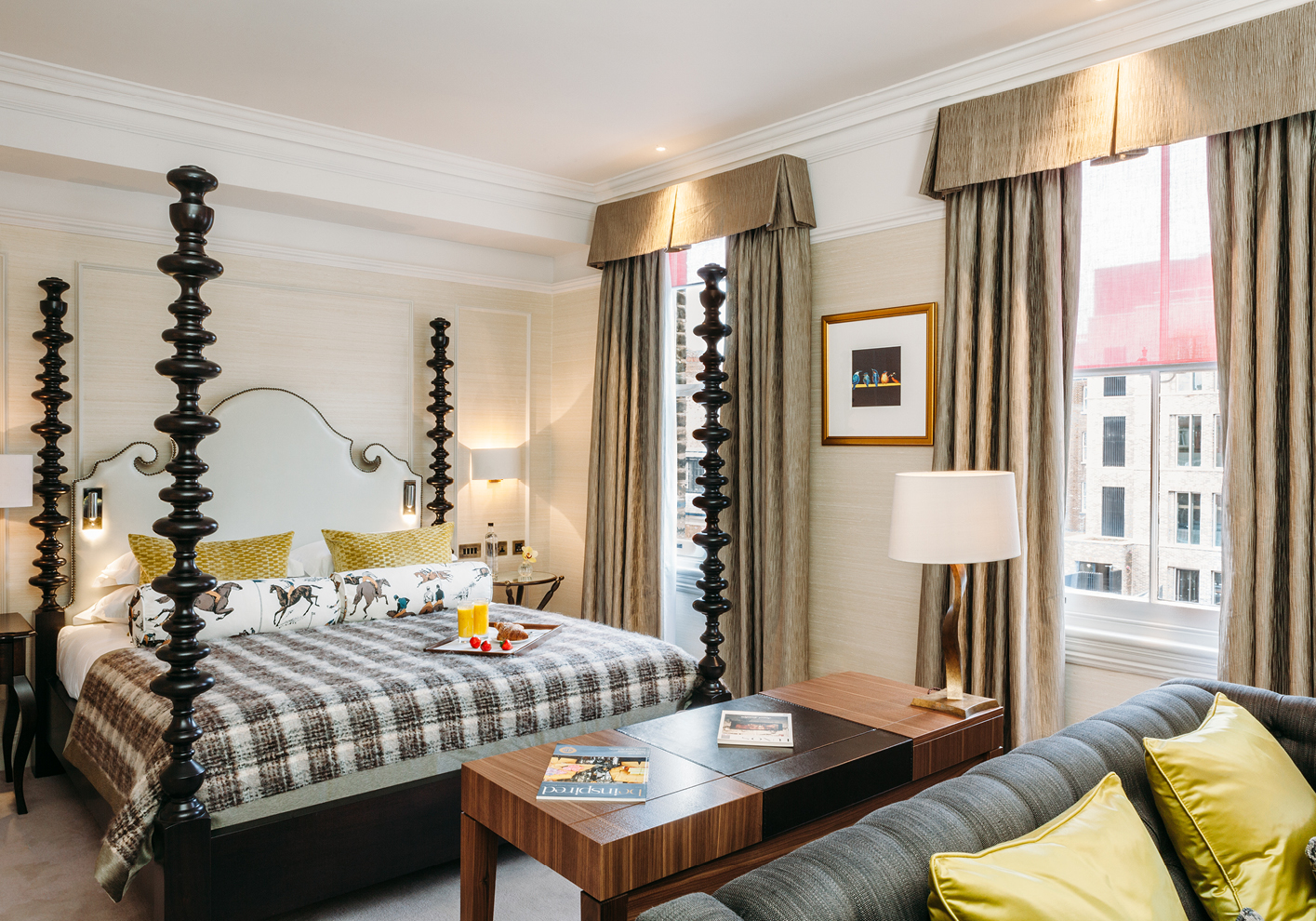WORDS
Ian Belcher
Ah, Venice. Ethereal, wasting Venice: its lush private gardens, its claustrophobic tunnels inaccessible to even the most agile gondolier, its rampant reed marshes devoid of humanity but seething with birdlife.
Not quite the Venice you had in mind? A tad short on blockbuster Renaissance sights, tourist hordes and overpriced gelato? Blame, or rather thank, my transport. A kayak is the perfect vessel to unearth the secret Serenissima: the canals less travelled, the intriguing minutiae of watery life, the vast lagoon.
I’m not floating alone. René Seindal, a pioneer of local kayaking, has been gliding around the city and surrounding brine since 2008. ‘It has entered my soul,’ admits the Dane, as we set off from his base on the nearby La Certosa island. ‘Evenings are divine. You paddle between buildings in soft light. The silence, the calm, it’s just beautiful.’
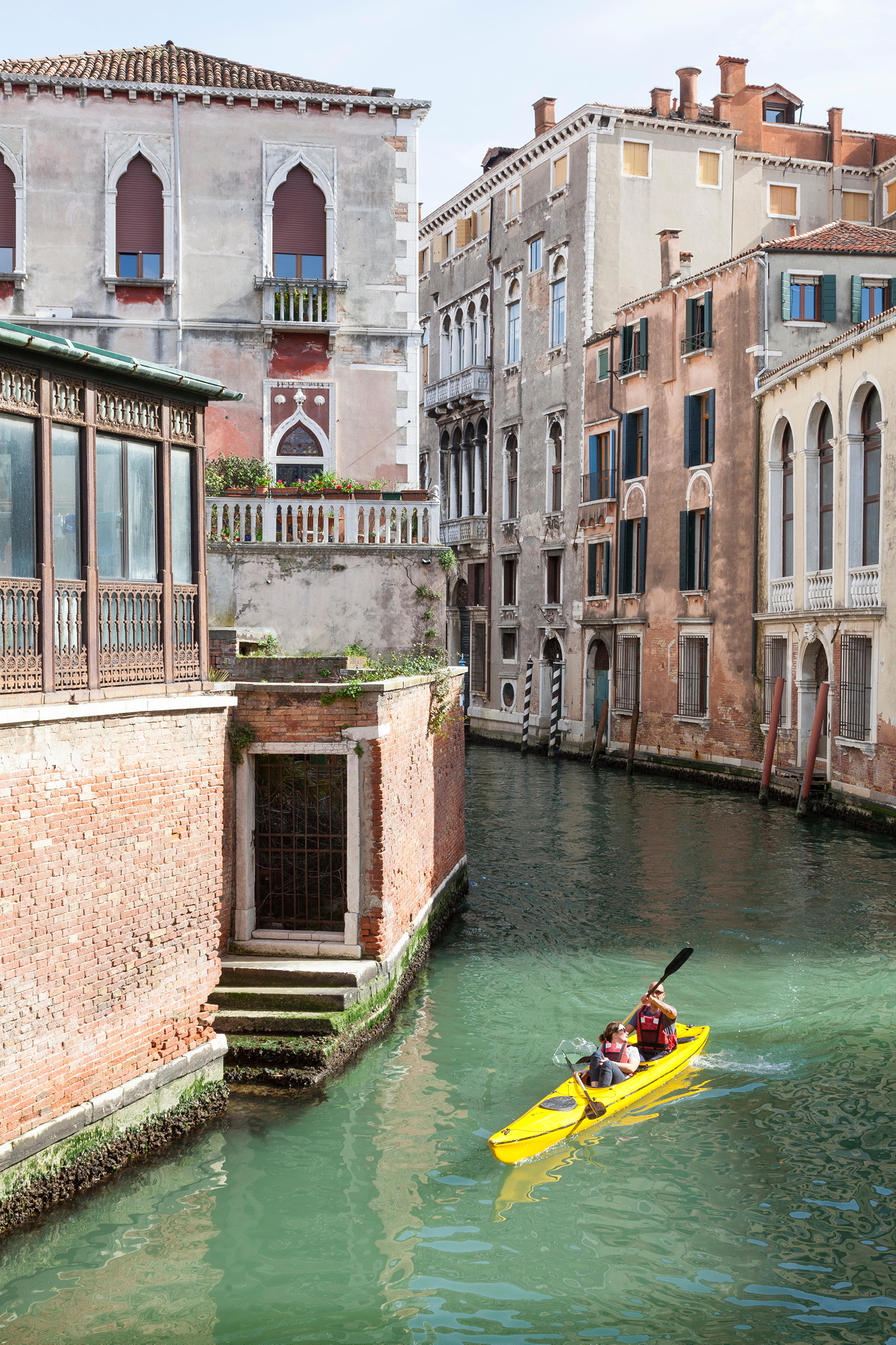
Today’s pretty splendid too. In blistering Adriatic sunshine we arrow towards Castello, the district forming the tail of the Venetian fish. A shimmy past the Basilica of San Pietro di Castello, one of three leaning campanile – take that Pisa! – reveals the Arsenale: the maze of shipyards and armouries that fuelled the city state’s ascent into a 13th-century mercantile superpower.
How could a manufacturing plant look quite so ravishing? The monumental entrance to what was, until the 18th century, Europe’s biggest industrial complex, boasts an ornate clock tower and statues of warriors with unfeasibly ripped abs. We buzz around its mellow medieval walls like wasps harrying a picnic, before paddling under low bridges, ducking to avoid decorative lions’ heads.
Each stroke pushes us deeper into the locals’ Venice. At water level you notice the unique markers of lives lived directly above a canal: outboard engines on balconies, drainpipes chiselled into lower bricks – safe from fat delivery barges – and dinghies hanging from wall hooks. Fish jump, crabs cling to barnacle-encrusted stilts, the air is salty, slightly rancid.
Sticking to the left, single file, we settle into a metronomic stroke. Although under a mile away, this is a different world from St Mark’s Square. Verdant gardens snooze behind iron gates, private bridges link palazzo top floors, passages lead to sinister courtyards. Tiny details tell fascinating stories: a stone tablet lists fish sizes for an ancient market; a praying Madonna is sculpted into the walls of the Communist Party headquarters.
‘You won’t spot these things on foot,’ notes Seindal, pausing at a canal junction. ‘People walk everywhere in Venice these days. They enter palazzo through the old rear service doors while the lovely waterside entrances, once used by aristocrats, are boarded up. It takes a small boat to see the original facades and balconies.’ While steering clear of the congested arteries around Venice’s heart, including the Grand Canal’s torrent of vaporetto, taxis, gondola, barges and Polizia Municipale, our route doesn’t skimp on historic grandeur. We lunch next to the Scuola Grande di San Marco. With delicate 15th-century pilasters, marble statues and trompe l’oeil archways, it’s surely Europe’s most beautiful hospital.
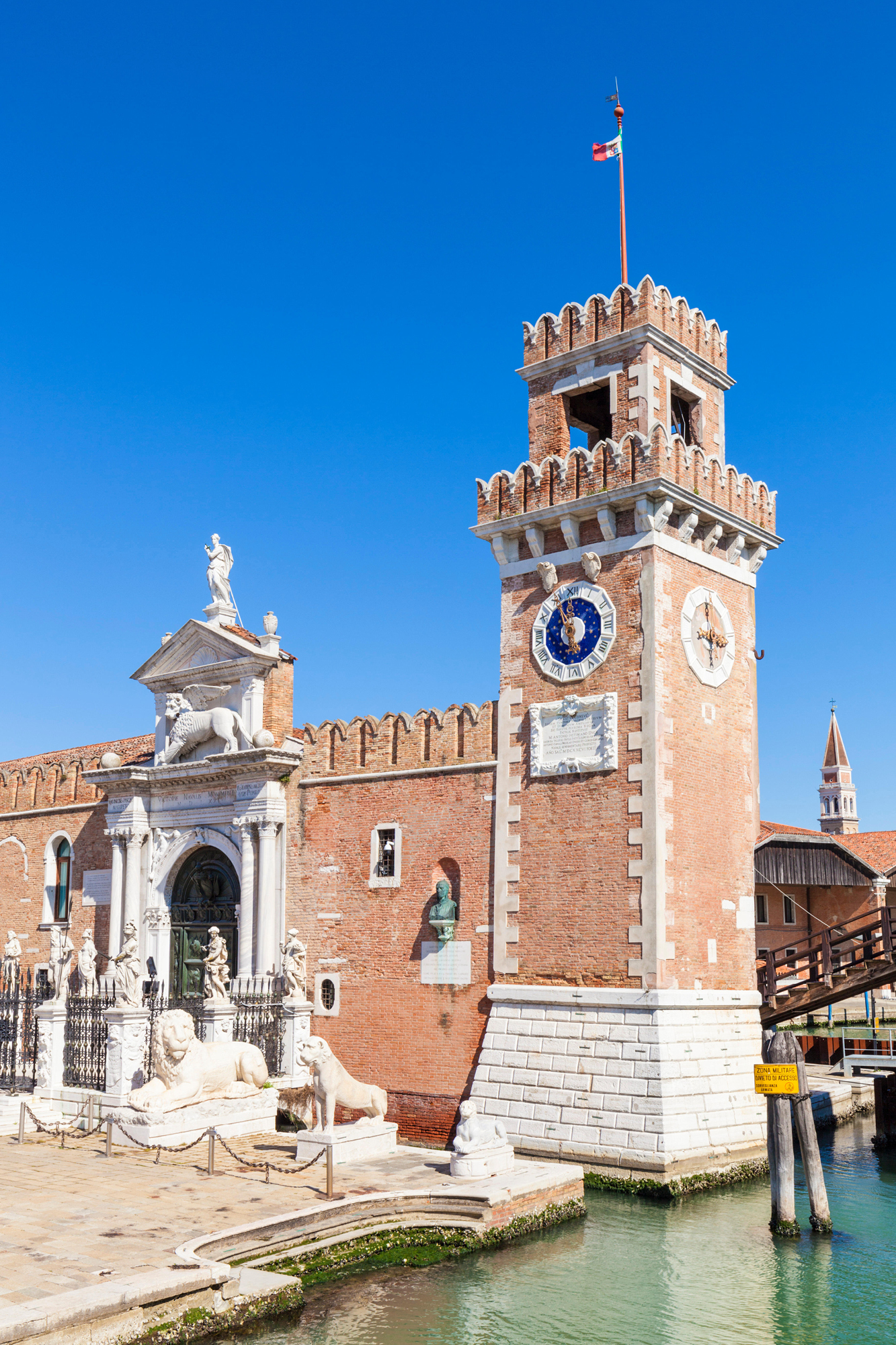
Our journey hits its high note soon fterwards. Entering a tunnel so cramped our hair brushes the damp stones, we paddle directly beneath the Gothic church of Santo Stefano, home to four Tintoretto masterworks. We’ve reached the Conservatorio di Musica. As if counted in by an invisible conductor, the voice of a rehearsing tenor wafts through an open window, blending Puccini into the sticky afternoon heat, the mellifluous tones reverberating across the decaying brickwork: a perfect Venetian moment. If we finish now, I’m a happy man.
Seindal, however, has other ideas. ‘Venice is merely a little fish in a huge lagoon,’ he explains. ‘You’ve only seen part of it.’ I’ll take that as an invitation. Eighteen hours later we turn our backs on the domes, campanile and swarms of visitors, pushing off to the northeast.
After pausing to watch an orange ambulance cruise along the Canale di San Nicolò (the 3mph limit doesn’t apply outside the city), we kayak around Sant’Andrea island: home to the eponymous 17th-century fort. Its cannons were so loud that Venice’s authorities, fearing mass miscarriage, evacuated all pregnant women to the mainland for a test firing. Naturally, being Italian, aesthetics weren’t sacrificed for warfare. We drift along a row of striking sculpted lion heads, each marking a gun barrel embrasure.
Close to the entrance of the 31-mile long lagoon, history is juxtaposed with modernity. We’re passing the new Mose high tide defences: 78 mobile barriers either side of a man-made island. Last October they held back the surging Adriatic, stopping the city flooding for the first time in 1,200 years.
Away from land the water’s too choppy for gondolas but stable enough for gloriously uncrowded kayaking. What a pleasure. After cutting west of Sant’Erasmo, whose free beaches are beloved of Venetians, we nose delicately into a slender channel bisecting tall reeds. Within seconds we’re swallowed whole by the Big Green. Egrets and heron watch impassively. The only sound is the lap of water, slap of paddle and cry of wading birds: the true Serenissima.
I turn around and, remarkably, Venice’s unmistakeable skyline is still visible: same lagoon, different planet. ‘The marshes are wild,’ sighs Seindal, almost whispering. ‘Even locals don’t know about them unless they have a boat.’ I feel privileged. This is a window on history. Around 1,500 years ago, before fishermen and salt makers arrived, 90 per cent of the lagoon was like this. Now just eight per cent remains. In a month it will be a riot of violet sea lavender. I’m coming back with a canvas and paintbrush rather than a paddle.
After exploring Madonna del Monte monastic ruins, we finish near San Francesco del Deserto. The island is home to five brownrobed friars, a convent swaddled by cypresses and fragments of a tree grown from Francis of Assisi’s walking stick: a final tale of the unexpected from a city that, thanks to a kayak and a Danish entrepreneur, I now view through very different eyes. l
Three-hour tours from approx. £69, venicekayak.com (kayaking experience required for city tours)
Images: Alamy; William Perry/Alamy; Travelscapes/Alamy; Robertharding/Alamy; iStock; Alxpin


